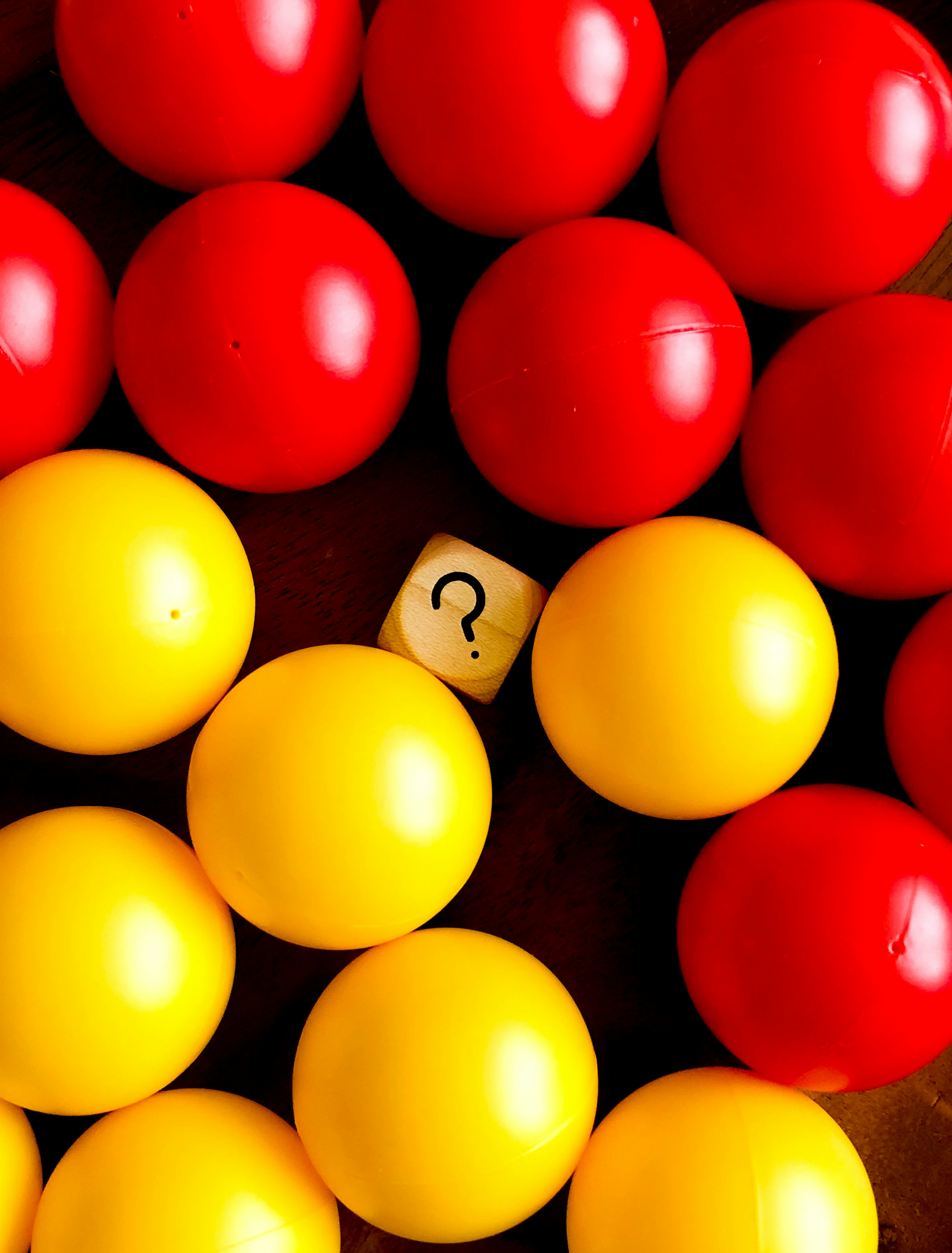Photo by Marsha Reid on Unsplash
“How many senses do we have?” is one of the first questions I will often ask course participants. Typically, numbers will include 5, 7, 8, and then some brave folks give higher numbers. So how many senses do we have? And why does it matter?
As I imagine you know if you regularly read this newsletter, we don’t just have 5 senses. The concept of 5 senses was introduced by Aristotle (384-322 BC). That was a long time ago and since there has been much evolution on how we think about our senses, and now figures commonly cited will range from 8 to 21, to 33 to even 53. When Dr Jean Ayres introduced sensory integration theory in the 1960s, she emphasised seven senses, and highlighted the vestibular and proprioceptive sense in addition to the commonly held view of the 5 senses. In Ayres’ book, ‘Sensory Integration and The Child’ published in 1979, she does mention Visceral Input, stating “there are receptors in the internal organs and in major blood vessels, …. Although the visceral system is vital for survival and health, we shall not discuss it in detail in this book”. When the 25th anniversary edition of the book was published in 2005, this visceral input was put under the category of interoception.
Within the last 10 to 15 years in the sensory integration field, there has been a recognition of interoception, and it has been coined by many as ‘the eighth sense’. Interoception is not however a new concept, it has been around for over 100 years, but until recently the importance has been often neglected by therapists. When thinking about topics over the summer for these newsletters, I realised that I had never covered interoception in the newsletters, so my plan for this term is to write a short series of newsletters on the topic of interoception.
Categories of Senses
I feel a helpful way to look at our senses, rather than think of numbers, is first to put them into categories:
Exteroceptors
These are the sensations that tell us what is going on in the world outside of our bodies in our external environment and include sight, sound, taste, smell, and touch. The 5 senses originally recognised by Aristotle.
Proprioceptors
These are the sensations that tell us where our body is in space and how it is moving. These include our proprioceptive sense and our vestibular sense. Our vestibular sense is a specialised proprioceptor detecting movement of our head and the sense of gravity.
Interoceptors
These are the sensations that tell us what is happening inside our body. We have many different types of sensory receptors inside our body that enable us to perceive the internal state of our body.
These categories may help you to think whether you think interoception is the ‘eighth’ sense, or is it a category of senses including all the senses from within our body?
The topic of the next newsletter will be ‘What is Interoception?’



